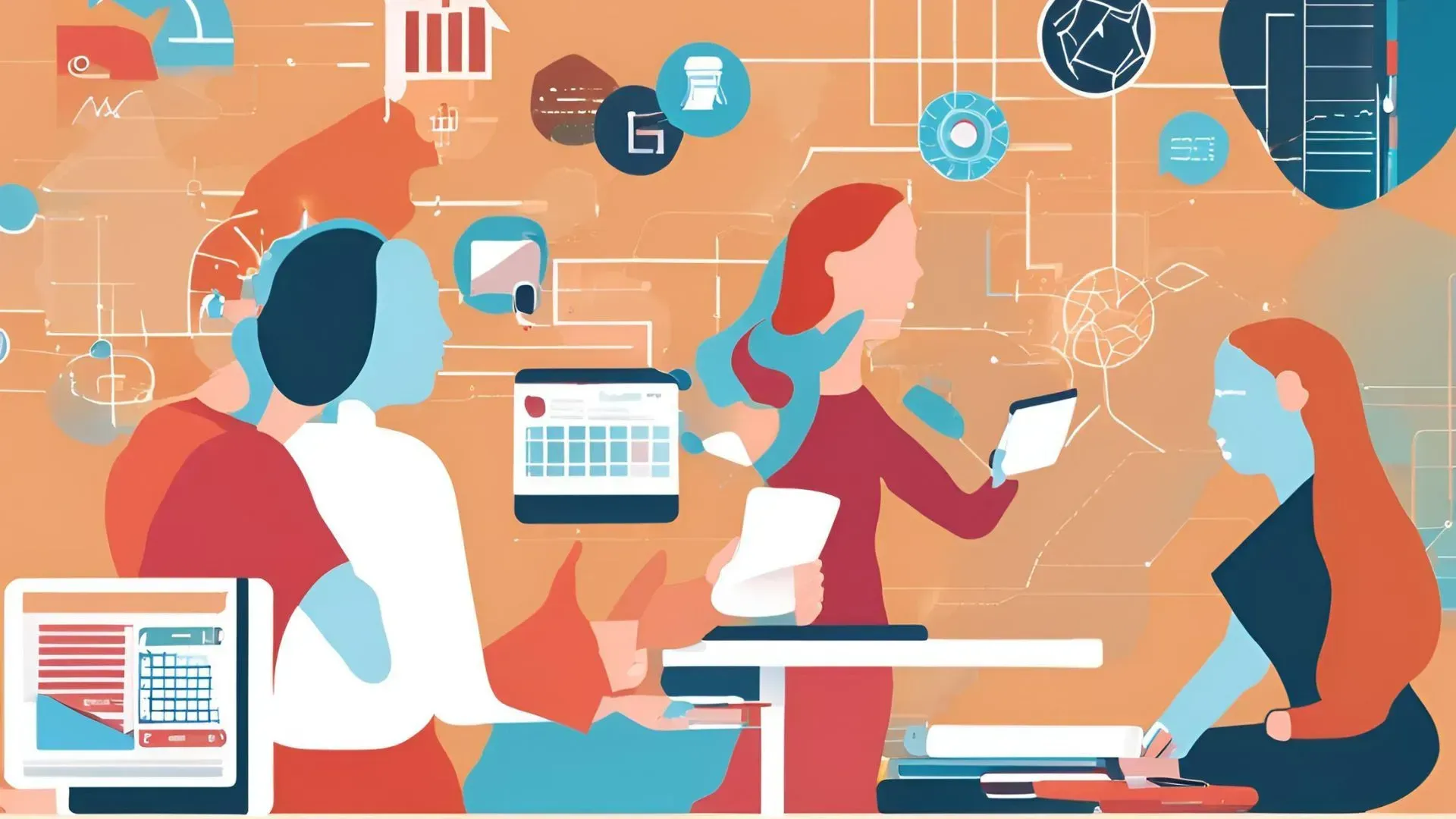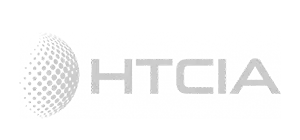7 Leading Ethical Issues in the Digital World Today
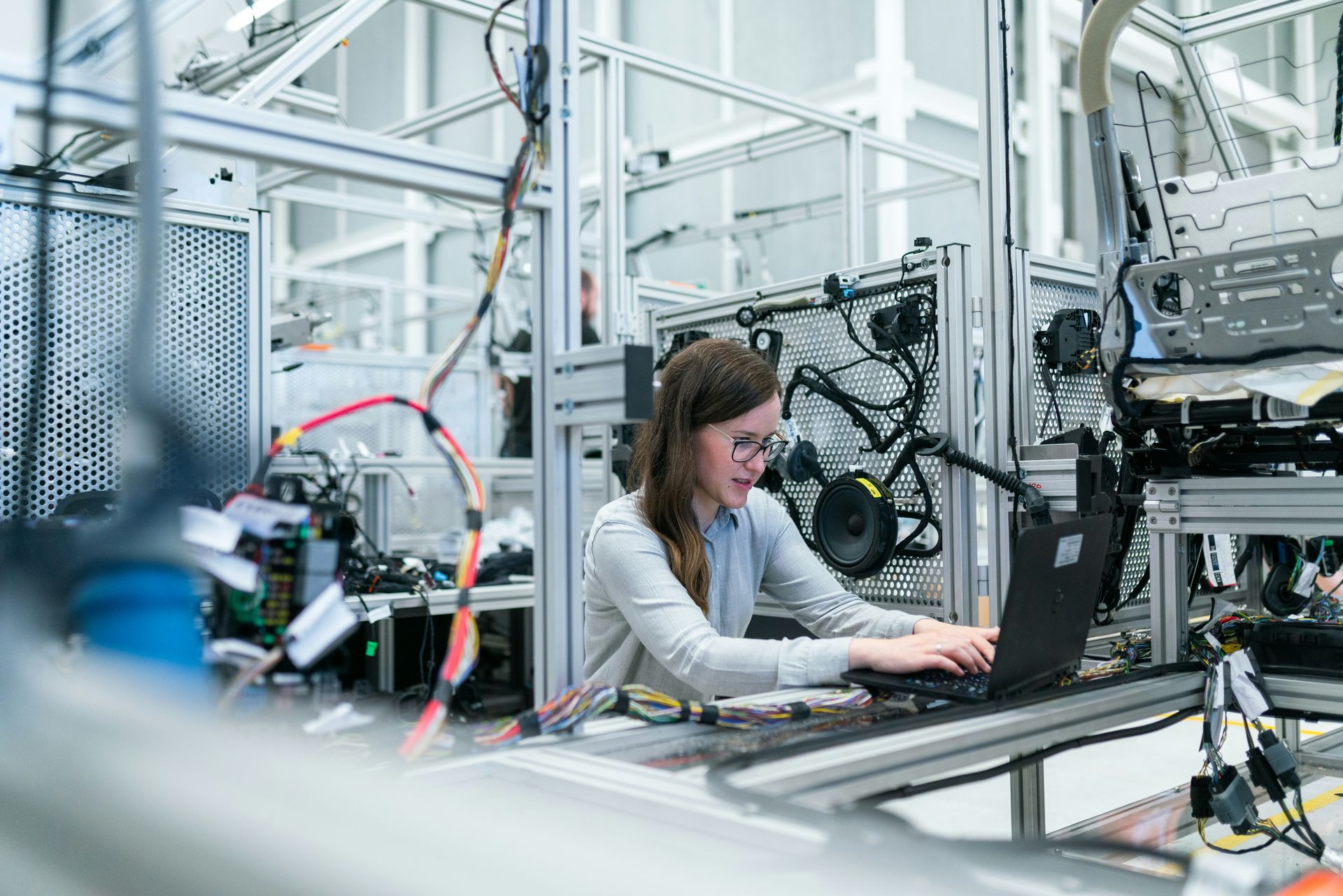
Leading Ethical Issues in Technology
The following are the most debated ethical concerns regarding the use of modern technology:
1. Personal Data and Privacy

As we discussed earlier, big data companies and online businesses are constantly collecting data in order to improve their services and enhance the user experience through personalization. User data also provides businesses with valuable insights into market trends and customer demands, helping them to deliver targeted ads that are more likely to resonate with specific audiences.
However, some users might not be aware of the extent to which their data is being tracked and stored. And, a lack of transparency and control over data collection can raise ethical concerns regarding personal privacy.
Regulations such as the General Data Protection Regulation (GDPR) in the European Union aim to protect user privacy rights and hold companies accountable for how they use personal data.
Companies should prioritize transparency, accountability, and user consent in their data collection practices.
2. Spreading of Misinformation

The modern digital landscape and the Internet of Things (IoT) have allowed us to distribute all kinds of information in the blink of an eye, and we literally have access to all this information in the palm of our hands.
Propagating such a large sum of data raises concerns about the spreading of misinformation.
Every human being has the right to speak freely, but it is an absolute must that the information we distribute online is filtered through vigorous fact-checking—just like traditional media.
On the contrary, today we see that information is spread freely without proper validation.
If the presented misinformation aligns with the existing beliefs and preferences of an individual (or a group of individuals), it can lead to the creation of filter bubbles, creating a distorted perception of reality and reinforcing ideological echo chambers.
Ultimately, this would lead to the erosion of trust in information.
3. Social Media and Its Algorithmic Influence

Backend integration and algorithm updates have enabled social media platforms to get scary good at presenting relatable content, and because of that, most people tend to develop social media addiction.
To a great extent, social media manipulates us by targeting personalized content and advertisement—which, in many cases, raises an ethical concern.
Moreover, social media algorithms often prioritize content based on user engagement metrics, such as likes, shares, and comments. As a result, dissenting or minority viewpoints may be marginalized or suppressed, leading to algorithmic censorship and a narrowing of the public discourse.
The commodification and exploitation of user data by social media companies raise concerns about privacy violations, surveillance capitalism, and the manipulation of user behaviour for commercial gain.
4. Use of Artificial Intelligence and AI Bias
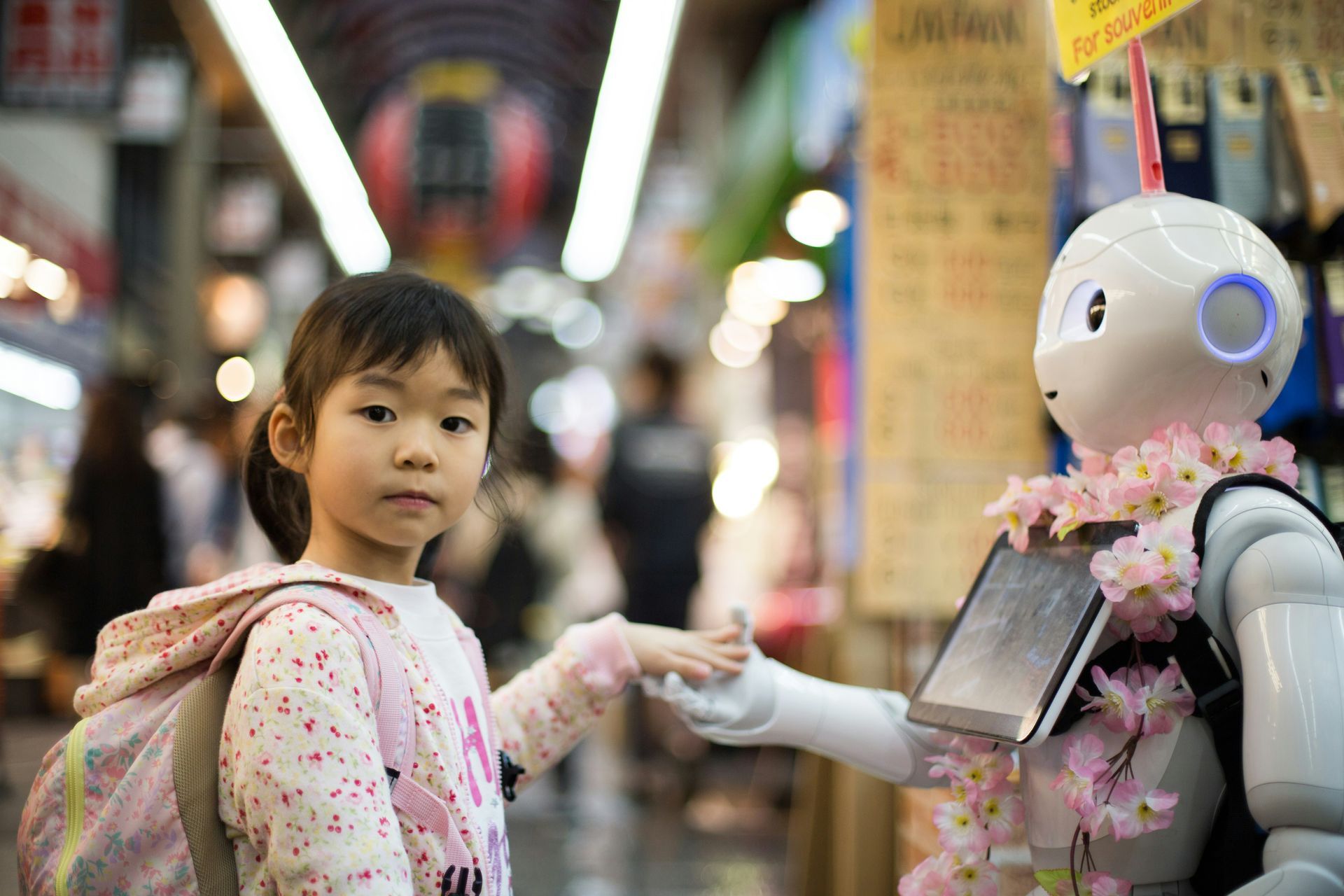
ChatGPT’s launch in November 2022 reignited the hype of artificial intelligence and how it can replace certain jobs. In truth, it is an old-time debate, dating back to the mid-20th century—when similar concerns likely arose about the potential impact of intelligent machines.
Although AI advancements will replace certain jobs, they will also create new job opportunities where human skills can be redistributed and transformed. This suggests a more optimistic approach to the future.
Whenever there have been ethical concerns regarding the use of intelligent machinery and/or AI, workers have emphasized the need for retaining programs to support them in acquiring new skills and staying employed.
Another ethical concern regarding artificial intelligence is AI bias—meaning that because AI models are trained by human beings, they could have inherited human bias.
That might lead to AI models amplifying existing social inequalities and racial bias, resulting in unfair outcomes.
To counter that, AI systems should be trained on a diverse set of data to avoid perpetuating biases.
Human oversight and regularly checking AI systems are also important.
5. Cybersecurity Risks

Ethical concerns regarding personal data and privacy also relate to cybersecurity.
When data is not secure, it becomes a target for cyberattacks, leading to data breaches, identity theft, phishing attempts, man-in-the-middle attacks, social engineering attacks, and the sale of personal information.
Although it is an ethical concern in technology, we must take responsibility for preventing cyberattacks by ensuring best practices while using the internet.
Here’s what you can do:
- Exercise Secure Habits: Back up your data, disconnect devices when connections are not needed, and limit administration to the internal network only.
- Use Strong and Unique Passwords: Ensure that all your remote work devices have strong and unique passwords, and enable two-factor authentication whenever possible.
- Secure your Home Network: Use a strong password, enable WPA2 or better encryption, and enable guest networks on your Wi-Fi router.
- Implement Multifactor Authentication: Turn on multifactor authentication on your accounts to make it significantly less likely you’ll get hacked.
- Think Before You Click: Be cautious of unsolicited emails or messages, and never click on links or open attachments from unknown sources.
- Establish a Robust Cybersecurity Policy: A formal guide to all measures used in your company to improve cybersecurity will help your security specialists and employees to be on the same page.
- Secure Your IoT Connections: Protect your network from external threats and ensure that your Internet of Things (IoT) devices are updated and secure.
- Upgrade and Update All Equipment and Software Regularly: Keep your devices and software up-to-date with the latest security features and patches.
Learning about the common threats and common cybersecurity best practices can help mitigate cyberattacks to a large extent.
6. Autonomous Technology
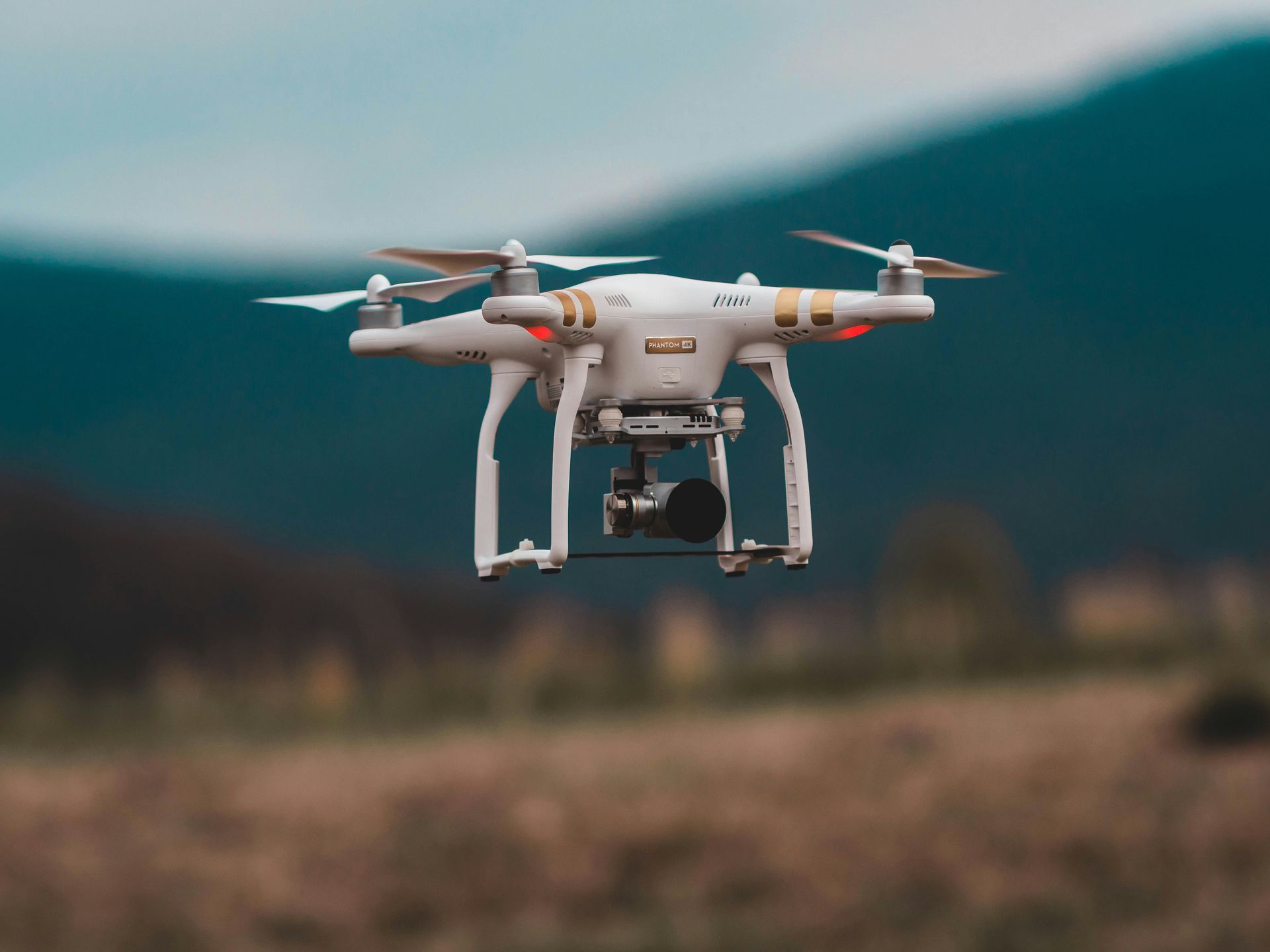
Autonomous technology and control systems include devices that can work independently without human intervention.
Advancements in autonomous technology—especially regarding autonomous vehicles and weapon systems, have raised ethical concerns and questions about responsibility and control.
Most of these concerns can be eased by ensuring accountability, transparency in decision-making, and implementing measures to reduce the risk of any accidents, ensuring that these technologies are advanced for the benefit of humanity.
7. Environmental Impact of Technologies

The environmental impact of technologies is also a significant concern, with e-waste and resource consumption being major issues.
E-waste or electronic waste includes broken or discarded electronic devices and poses a significant threat to the environment due to the toxic substances it contains.
When e-waste is not properly disposed of, it can release toxic compounds like lead, cadmium, and beryllium into the air and soil, contaminating the environment and endangering human health.
In addition to e-waste, the manufacturing of new gadgets consumes vast resources and energy, contributing to carbon emissions and the depletion of natural resources.
To address this, it is essential to promote sustainable practices in the design, development, and use of technology.
Final Word
Today’s digital world offers immense benefits, but it is our responsibility to navigate it with a keen eye for ethical considerations.
By fostering open discussions, demanding transparency from corporations, and prioritizing responsible development, we can harness technology’s power for positive change.
The future we build depends on our ability to address these issues and ensure technology serves humanity, not the other way around.



